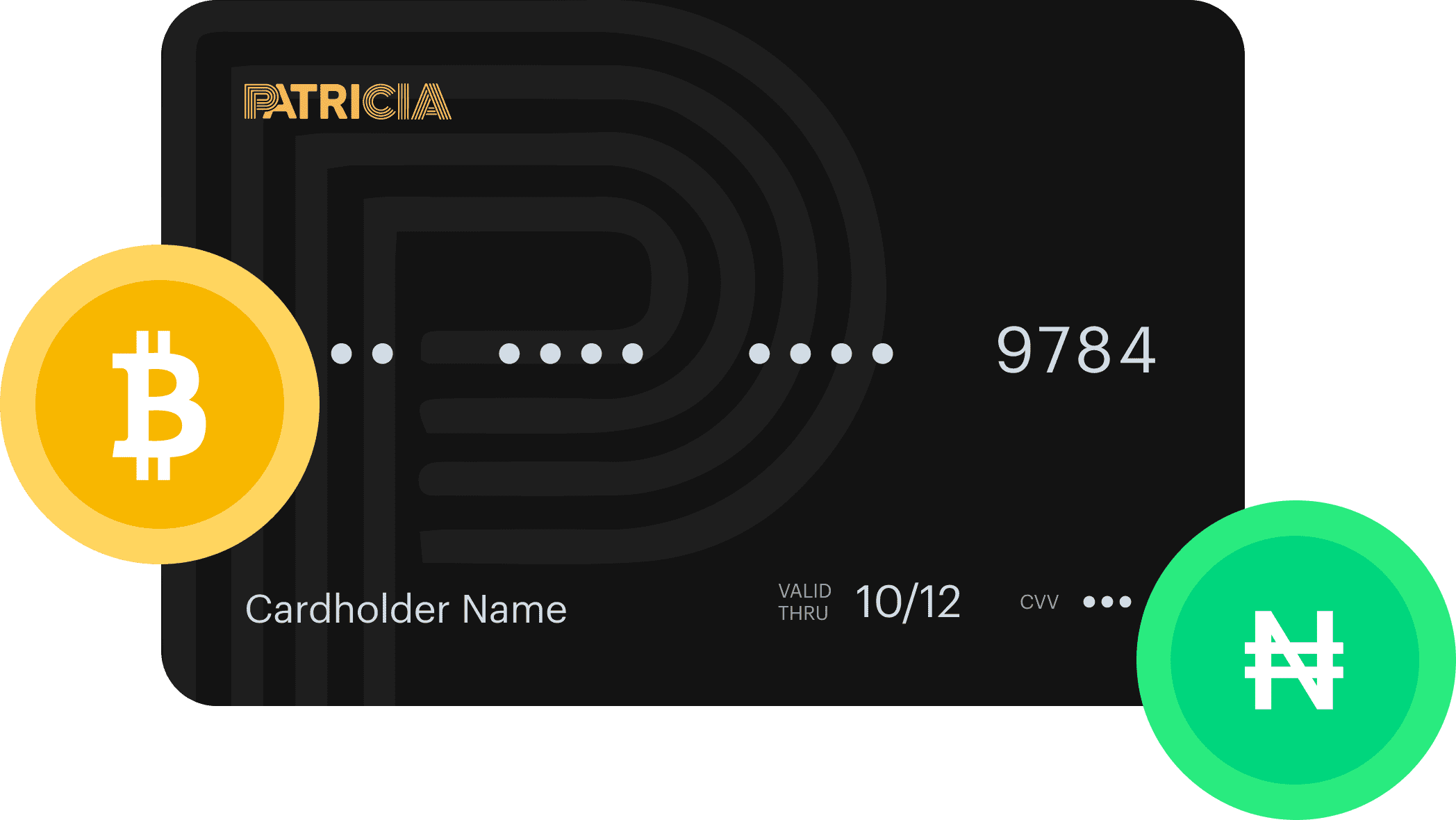FTX 2.0: Patricia is tampering with user funds without permission
Patricia’s move to convert customer funds mirrors FTX’s 2022 troubles, underscoring the risks of relying on centralized exchanges.

In a move that evokes memories of the FTX saga of 2022, Nigerian cryptocurrency exchange Patricia announced on Friday, August 18, that it would convert customer funds into its newly launched Patricia Token (PTK).
This comes months after the company blocked withdrawals after telling customers it lost funds to a security breach.
This is yet another demonstration of the frailties of entrusting funds to a centralized, unregulated exchange.
The details
- The company notified its users of the new development via a social media post, adding that all outstanding bitcoin and naira balances would be converted to its PTK token, which, by description, is a stablecoin.
- Per the company, PTK’s value is pegged one-to-one to the United States dollar (USD).
- However, the company’s statement contains little detail about how PTK was designed.
- Issuers of fiat-pegged stablecoins typically hold cash reserves and liquid assets equal to the number of coins they issue.
- Patricia did not disclose the service used to issue the token nor how much liquidity it holds to back the new token.
- The company also didn’t consult users before converting their assets into the so-called stablecoin.
- Patricia did not respond to a request for comment.
Key
- The company’s announcement on the social media platform X (formerly Twitter) reads:
“We’re moving all operations to the Patricia Plus app. All current outstanding BTC and naira balances will be recorded in Patricia Token ... our stable value coin that is backed by the US dollar. 1 PTK = $1!”
Echoes of FTX
Crypto, at its core, was always meant to be a system where you don’t have to trust any single person or authority. Essentially, it introduced a way for everyone to keep their own money in digital form and transact with it without needing to trust a central authority such as a bank.
- However, crypto’s initial design is complex for most people. You must be able to keep your private keys safely. Your money is gone forever if the keys go missing because no one can help you recover it. Those private keys are the only way to access the funds.
- In other words, its biggest strength (trustlessness) can also be its biggest con. And indeed, there are litters of stories relating to lost crypto.
To limit these risks and make crypto accessible to more people, centralized entities came into the picture. The original goal is to help people keep crypto assets and provide a buy-and-sell platform. Patricia is one of those platforms.
- Of course, this is antithetical to the original idea of not needing to trust any single entity.
- While there are other benefits, such as access to global finance in a way that banks don’t offer, the risk of the centralized entity behaving irresponsibly, leading to loss of customer funds, is high.
- Last year, the crypto industry was rocked by the revelations of the irresponsible practices of one of such companies — FTX. The short version of the story is that the crypto exchange used user funds (up to $10 billion) in risky ventures and lost part of it.
FTX had to limit withdrawals as customers rushed to withdraw their funds. Millions of users, including African company Nestcoin, still have their funds stuck with the exchange.
Patricia, FTX 2.0
Patricia has been hit with issues surrounding the withdrawal of customer funds in recent months. In May, the company emailed its clients that withdrawals were frozen due to a security breach that compromised its bitcoin and naira assets.
- It added that it was instigating legal action against the perpetrators but failed to disclose the extent to which its customers’ deposits were compromised.
- A TechCabal exclusive citing undisclosed sources close to the company alleged that Patricia was hacked in 2022, losing about $2 million to the incident.
- Faced with liquidity issues, the company subsequently stopped withdrawals even while deposits were still allowed on the platform.
The new app, Patricia Plus, was launched in April with withdrawals enabled. The aftermath of the launch saw users rush to withdraw their assets and transfer them to other wallets.
- This led to the company freezing withdrawals again since it could not keep up with many withdrawal requests.
- In a move outlining that all was not well, the company announced in-house that it was laying off employees. According to TechCabal sources, as much as 80% of its staff were to be laid off.
User complaints
- Several users took to social media to register their displeasure on the new move, with many feeling that their funds were lost and the company was merely trying to paper over the cracks. Others were concerned about how their funds could be recovered.
- A user on the social media platform, X, said the company converting its customers’ balances to the new stablecoin without their consent looks terrible on the company, confirming fears that Patricia is running an exit scam.
Rethinking crypto asset management
In the wake of the PTK token announcement and the broader context of centralized exchanges experiencing issues with customer funds, African crypto companies need to reconsider their approach to user asset management.
- In recent times, the crypto industry has witnessed significant advancements aimed at enhancing user protection and ensuring a trustless environment, in line with crypto’s original ethos.
- Multiparty computation, or MPC, and smart contract wallets are at the forefront.
- Decentralized credit protocol Goldfinch recently demoed a solution that improves crypto user experience without trusting a centralized entity.



